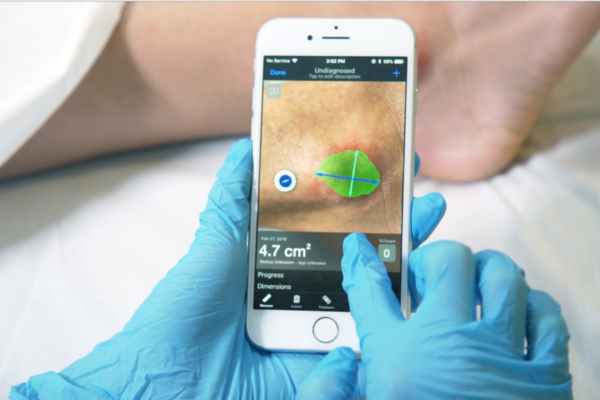Wound care is an ongoing challenge for home care, given the complexity of wound care in addition to the many factors affecting healing. Appropriate assessment and care plans are essential to prevent or effectively treat wounds. The management of this patient population is therefore critical in both clinical and business terms, as the mismanagement of these patients can have profound consequences. However the effective management of this patient population can deliver significant moral and fiscal benefits.
Here are ten wound related metrics whose tracking are important in this quest for moral and fiscal responsibility.
TEN KEY METRICS TO MEASURE IN THE MANAGEMENT OF YOUR HOME HEALTH WOUND POPULATION | ||||
Metric | Rationale and Importance | Additional Resources | ||
Wound Census Metric | Understanding the size of the population with wounds within your organization is of vital importance if you are going to manage it appropriately. | Grow Your Wound Care Program Infographic: Wound Care Across Continuum Whitepaper: | ||
Population Demographic Metric | While understanding the size of the population (wound census) is important in the management of scale, a clear understanding of its make up (e.g. age, type, gender etc) is also vital for effective optimal management clinically. As such, some idea of a population metric is important for operational efficiency. | Data Driven Whitepaper: Operational efficiency Infographic: | ||
Healing Metric | Aspects such as healing rate by etiology, mean length of stay/care (healing) and recurrence rates post-healing are major impactors of both quality and cost. As such some handle on a healing metric is important for high quality wound care, delivering best practice. | Data Driven Whitepaper: Data Driven Webinar: | ||
Quality Metric | Unfortunately, too many home health care agencies feel that any kind of quality improvement program | Quality Matters Whitepaper: | ||
Reimbursement and Coding Metric | Since all reimbursement is based on OASIS and correct coding, it is important to get it right. OASIS is also the starting point for CMS re: quality measurement, so this metric cannot be understated in its importance. This is a fundamental component of both quality and fiscal responsibility. | Operational Efficiencies Webinar: | ||
Cost of Care Metric | The human component of care is only one part of the overall cost of care. While many agencies have some indication of staff cost, they often have a poor understanding of the total cost. Treatment utilization and outcomes (resource utilization, frequency of dressing changes, etc.) can be a major influence of the total cost of care of any patient. | Organizational Value Whitepaper | ||
Complication Metric | Complications during care can be a major infleuncer of outcome, including quality and cost. Examples include Infection (rate by etiology) and hospital readmission (rate by etiology). An eitiological focus here is important as care pathways (best practices) can include components to minimize complications. | Organizational Value Whitepaper | ||
Staffing Metric | Ultimately, successful outcomes depend on successful delivery of care. Therefore, some element of performance metric is important to track. Also some aspect of the ratio of more specialized resources to more general resources should be included. | Operational Efficiencies Webinar: | ||
Liability Metric | With best practices in prevention and care in place, your agency will most likely avoid litigation in the wound care space. However, if your facility does face litigation - having all the patient-level documentation in one place which is easily retrievable will have distinct advantages. Getting your ducks in a row re: standardized documentation terminology etc., is massively important for all aspects of your business from fiscal to quality. Some tracking of documentation standards and also legal challenges will provide some indication of best practice. | Legal Perils Webinar | ||
Referral Metric | Home health agencies need to identify high value referral partners and strategically target business development activities. One key metric is the measurement and tracking of referalls and more importantly the ROI for this population. | Boost Referral Webinar: Increasing Referrals Infographic: | ||
The longer a wound remains open or non-healing, the greater the chance of complications such as infection, amputation, and possibly even death. The significant moral and fiscal implications of non closure include reduced quality of life and increased cost of care considerations.





